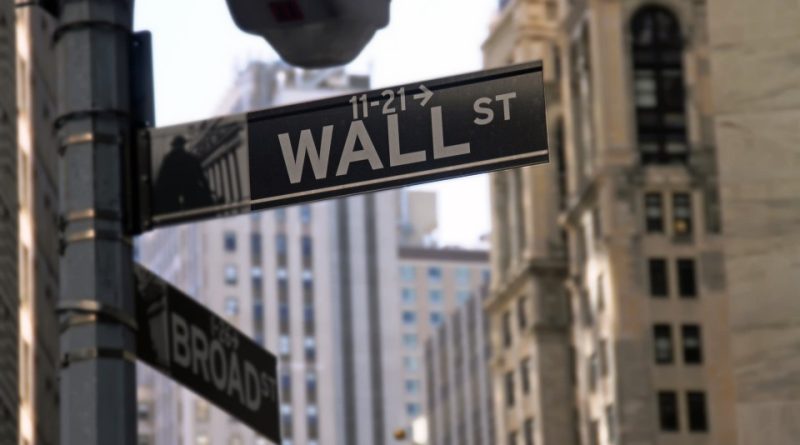Bestiary of the Capitalocene
Bestiary of the Capitalocene
Human beings, with their incessant activities of resource extraction and waste creation, are having an impact never seen before on the ecosystems of our planet. Man’s influence is so profound that it marks our era on an almost geological level: layers of material of human origin (plastic, but also chicken bones) are overlapping the geological layers of the past to mark a new era in the history of planet.
The need arose to give a name to this new era.
“Anthropocene” is the term that has come into common use. The concept was first expressed in 1800 by the scientist Antonio Stoppani, who used the term “anthropozoic era”. The term anthropocene was used by Russian scientists in the 1960s to indicate the Quaternary Period, while it was Eugene F. Stoermer who began using it in the 1980s in the current sense. The Anthropocene is defined by the Treccani Encyclopedia as “Geological period characterized by the central function of the human being in the modification of the terrestrial environment.”
The impression of many, me among them, is that this term does not do justice to what is really happening. It places the human being at the center of everything, but this is not the case: if it really were, we would not be destroying our ecological and social systems. From this observation other authors have proposed other terms: plasticene, technocene, etc.
My favorite term is Capitalocene. The term was proposed by Jason W. Moore in his book “Anthropocene or Capitalocene?”, and places emphasis on the consequences of Capitalism and the Free Market, wild and predatory, on nature and society.
I’ve been traveling the world for about 20 years, observing ecosystems, taking notes, notes, observations on what human beings are doing to our planet.
The thing that has always struck me most in this process where human activity overlaps with “natural” activity is the birth of strange creatures, techno-natural hybrids consciously engineered by our mind or born from the random crossbreeding of humans with the natural.
And I use the term natural with some caution. The Karst surrounds my hometown, Trieste, and its black pine forests are places for excursions and contact with nature. It’s a shame that they are artificial constructions, planted in 1800 to transform a stony moor into a wood reserve for the ships of the Austro-Hungarian Empire. Even the wildest place surrounding the city is a product of the hand of man.
I therefore found myself with a large amount of notes to organize. And I asked myself: how to use them to create a mental map of the world? A map that is not only geographical but also and above all includes information of a scientific, natural, ideological, cultural, historical, economic and political nature?

In the Middle Ages, bestiaries were used, where the animal kingdom was represented by an image, a name, a brief description and the moral lesson that animal represented. The bestiaries, which were accompanied by herbals and lapidaries, included existing and imaginary creatures, were based on Greco-Roman tradition (mainly the anonymous author of The Physiologist and the Naturalis Historia of Pliny the Elder) and not on direct observation and knowledge of the entries entered.
In the Renaissance, with the change of mentality in Western Europe, we witnessed the birth of the first Kunst- and Wunderkammer, collections of notable objects (in terms of value, rarity or curiosity) belonging to various kingdoms, animal, mineral or artistic. The Wunderkammer had their own ways of classifying the objects on display.
The Gallery of Metamorphoses of Vincenzo I Gonzaga, for example, is divided into four rooms corresponding to each classical element: water, fire, earth and air.
Other classifications divided objects into Artificialia, created by the hand of man; Naturalia, created by God and also including stones, stuffed animals, drawings of plants; Mirabilia, monstrosity, mutation, abnormality, unusual or surprising; Scientific, i.e. instruments used for experiments and physical and mathematical measurements; Vanitas, objects that reminded visitors of their mortality and the importance of following the Christian religion; Exotica, if it originated from outside Europe.
The distinctions were often not clear-cut. And so, for example, a cup made from a coconut carved and mounted in gold manages to be at the same time Earth (the coconut plant) and Fire (the goldsmith who melted the gold), Naturalia, Exotica and Artificialia.
In the following centuries the Wunderkammer became Museums, the bestiaries were replaced by Manuals, up to the modern Wikipedia compiled from below.
Inspired by medieval and Renaissance creativity, I have arranged my notes into the 27 entries of a Capitalocene Bestiary. The entries not only include entities that could be classified as “animals” or “beasts”, but also belonging to other realms, where the common factor is having been touched by Capital – a fluidity of belonging and multiplicity of meanings that they were inspired by the Wunderkammer.
The Bestiary of the Capitalocene was released this year by Edizioni Delos in the non-aligned objects series, a series of essays that analyze the contemporary world.
Lorenzo Davia
Link where to find the book:
https://www.amazon.it/Bestiario-del-Capitalocene-Lorenzo-Davia-ebook/dp/B0CJ696BGJ/
https://delos.digital/9788825426106/bestiario-del-capitalocene

